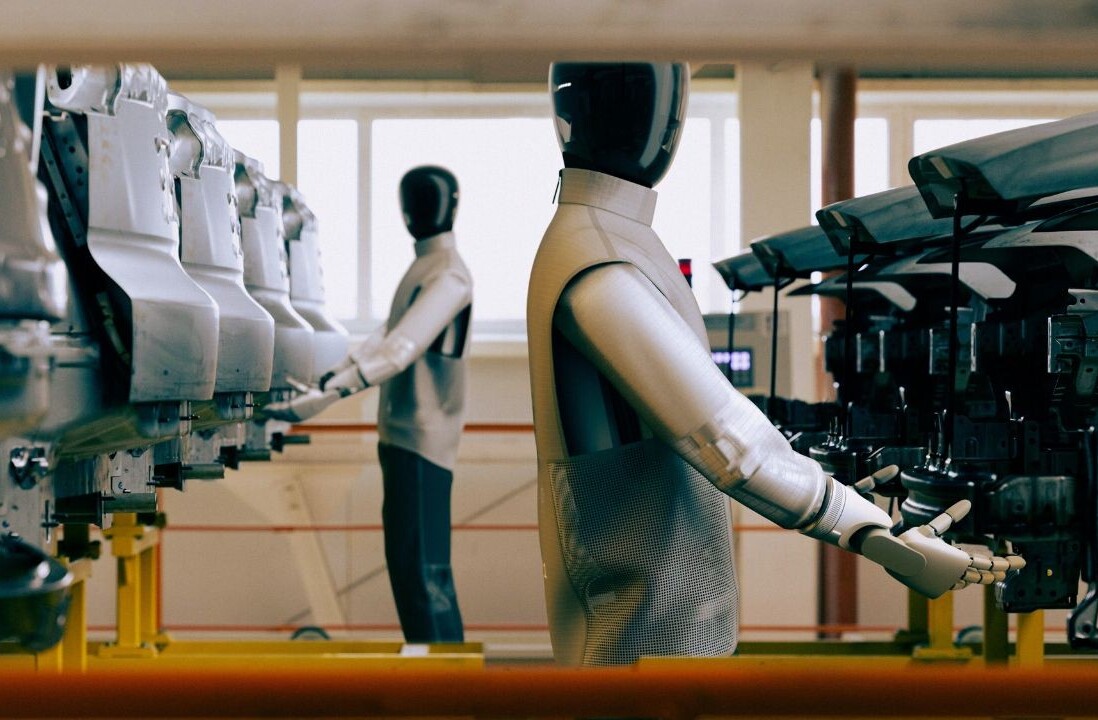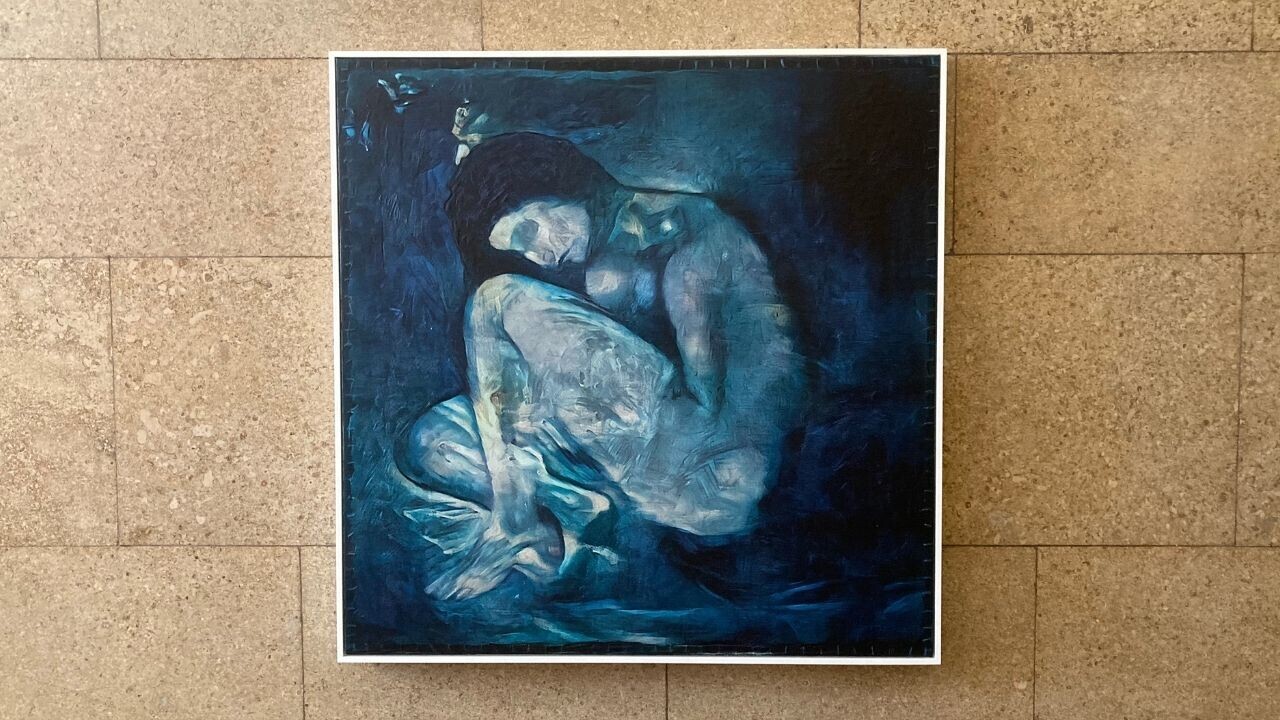
The Blind Man’s Meal is among the most important artworks of Pablo Picasso’s Blue Period, but it also shares a canvas with a more mysterious painting.
Underneath the oil paint lies a portrait of a naked woman in the shape of a heart. Picasso had painted over the picture, which wasn’t unusual for the artist when money was tight.
The painting had been concealed since 1903, but a combination of AI, stereoscopic imaging, and 3D printing has peeled back the cover.

Discovering the painting
Scholars had spent years searching for the painting before it was finally found in 2010.
An unfinished version of the portrait appears in the background of Picasso’s La Vie, but the original wasn’t discovered until X-rays unearthed it behind The Blind Man’s Meal.
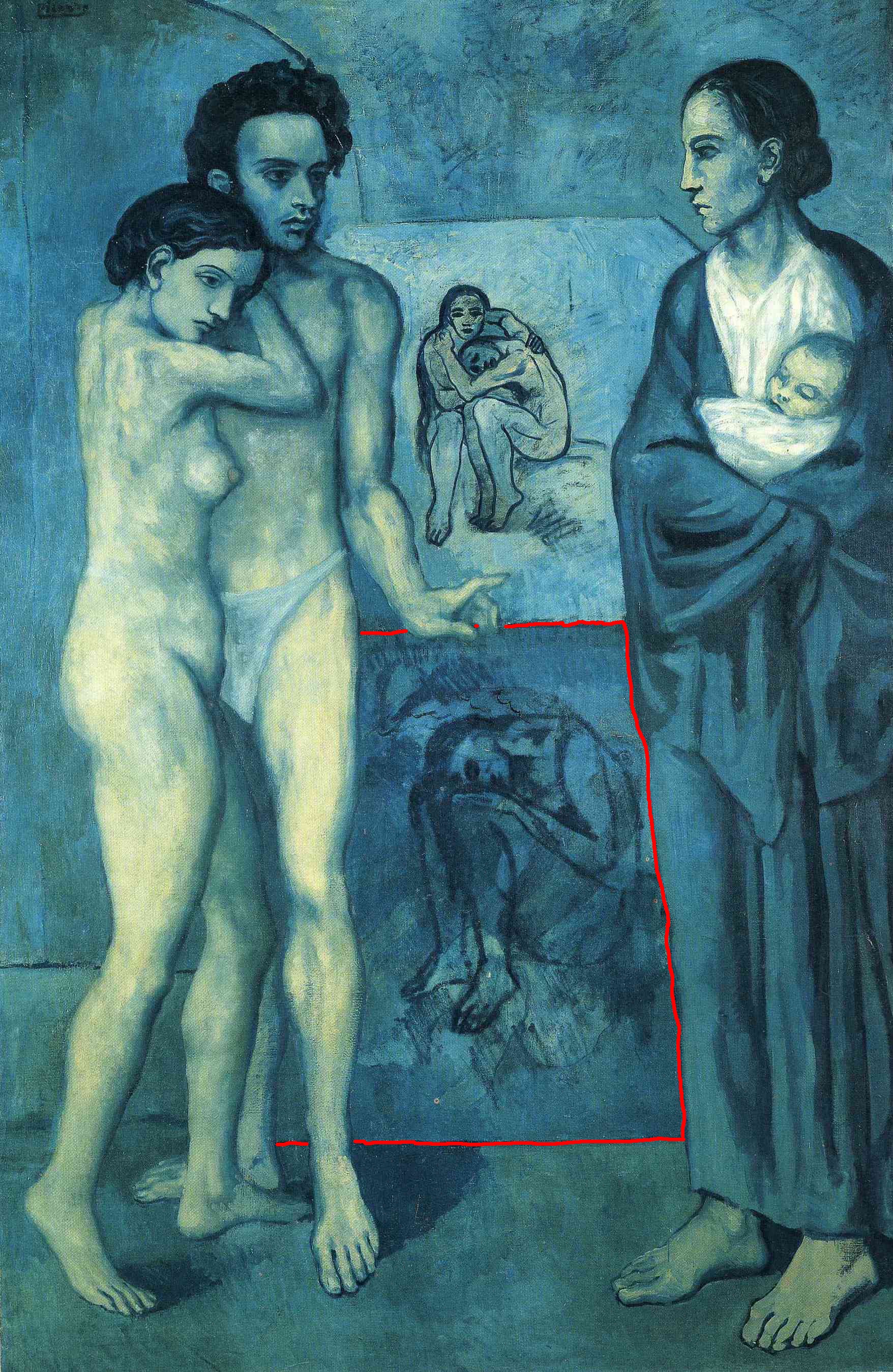
A decade later, two researchers from University College London have reproduced the painting.
The restoration process
George Cann, a UK Space Agency PhD candidate, and Anthony Bourached, who researches Machine Learning and Behavioural Neuroscience at UCL, used a five-step technique to recreate lost artworks, which they conducted through a company they cofounded called Oxia Palus.
The duo first used X-ray and infrared imagery to reveal the underpainting within the surface piece. This imagery was then processed to separate the exterior and interior pieces.
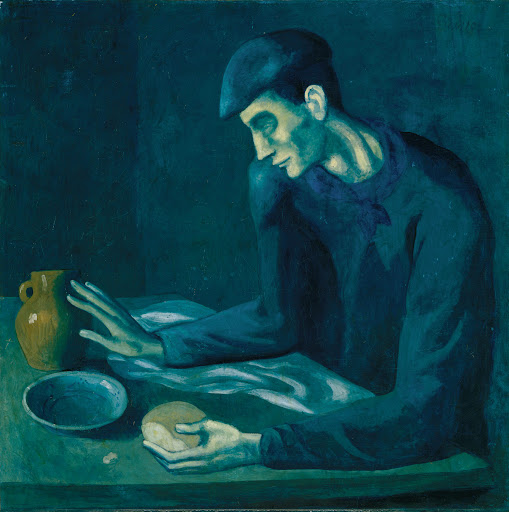
Next, an artificial neural network was trained on works by Picasso. This enabled the system to reproduce the piece in the Spanish artist’s style.
The researchers then generated a heatmap of the artwork to give the piece texture. Finally, the piece was 3D-printed onto canvas in the exact size of the original painting.
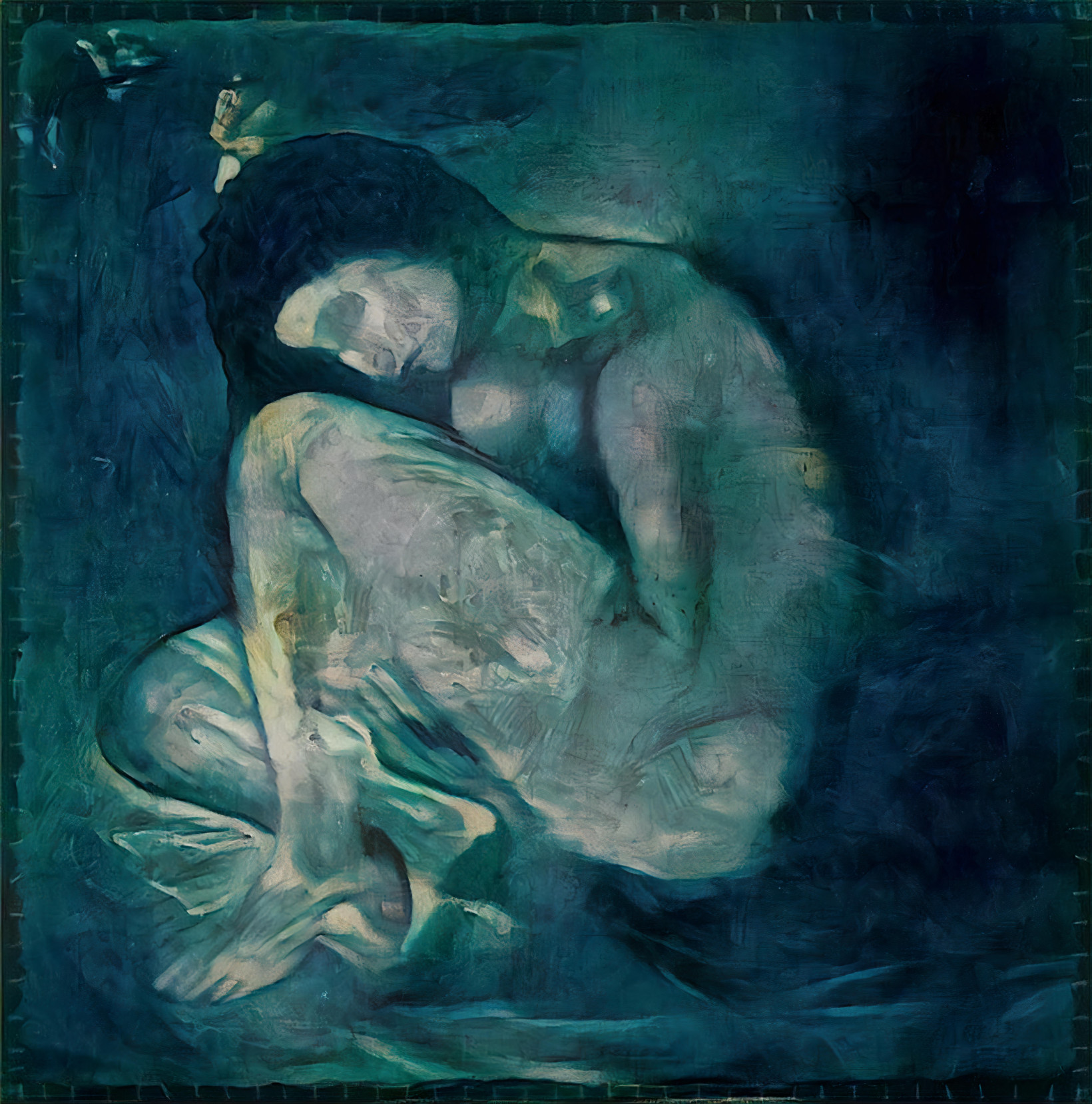
The AI imitator
The researchers believe Picasso would have welcomed the restoration. Bourached suspects that the artist would have never wanted to lose the original:
We believe that Picasso likely painted over this piece with reluctance. It was common for his blue period work as it was early in his career, and materials were expensive. Furthermore, its appearance in the background of one of his most famous Blue Period pieces, La Vie, indicates that it was likely significant to him. I believe Picasso actively welcomed such forensics, since he himself said, ‘I just painted the images that rose before my eyes. It is for other people to find the hidden meanings.’
Not everyone shares Bourached’s enthusiasm. Critics doubt that AI can accurately replicate a Picasso and fear that it adds elements the artist would not have used.
In some respects, the technique has deepened the mystery of the original painting — and the woman that it depicts.
Greetings Humanoids! Did you know we have a newsletter all about AI? You can subscribe to it right here.
Get the TNW newsletter
Get the most important tech news in your inbox each week.




